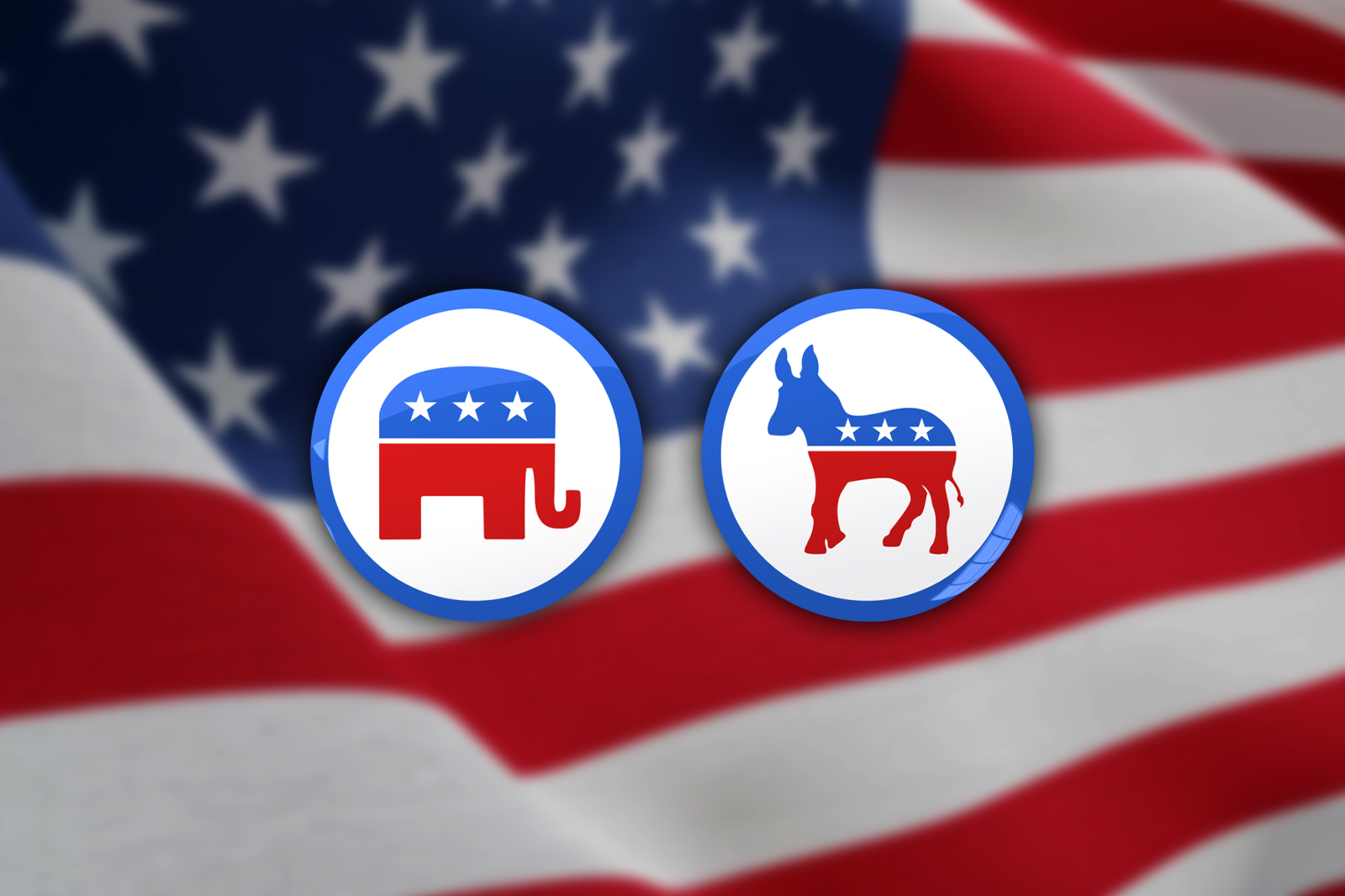
In the dynamic landscape of American politics, visual identity plays a crucial role in shaping public perception and voter engagement. Over the years, the logos of the major political parties have evolved, reflecting changes in design trends, societal values, and political strategies. As we approach the 2024 elections, it’s fascinating to explore the history and evolution of the logos of the two primary political parties in the United States: the Democratic Party and the Republican Party.
The Democratic Party Logo
The Democratic Party, founded in 1828, has undergone several transformations in its visual representation. Here’s a look at its iconic symbols:
1. Early Symbols:
In its early years, the Democratic Party did not have a consistent logo. Various symbols were used, including the donkey, which gained popularity during Andrew Jackson’s 1828 presidential campaign when opponents labeled him a “jackass” for his populist views. Jackson embraced the image, and it eventually became a symbol of the Democratic Party.
2. The Donkey:
The donkey became firmly associated with the Democratic Party in the 1870s, thanks to political cartoonist Thomas Nast. Nast used the donkey to represent the Democrats in a series of political cartoons published in Harper’s Weekly. The stubborn, yet resilient donkey symbolized the party’s steadfastness and commitment to its principles.
3. Modern Era:
In the latter half of the 20th century, the Democratic Party began to standardize its visual identity. The donkey became a more stylized and recognized symbol, often depicted in a blue color to distinguish the party from its Republican counterpart.
4. Recent Developments:
In recent years, the Democratic Party has adopted a more streamlined and contemporary logo. The current logo, introduced in 2010, features a blue “D” inside a blue circle. This minimalist design reflects the party’s modern approach while maintaining its historical color association.
The Republican Party Logo
The Republican Party, or the GOP (Grand Old Party), was founded in 1854. Like the Democrats, the Republicans have seen their visual identity evolve over time.
1. The Elephant:
The Republican Party’s elephant symbol also owes its origin to Thomas Nast. In an 1874 cartoon, Nast used the elephant to symbolize the Republican vote. The image stuck, and the elephant has since become a powerful symbol of the GOP.
2. Early Logos:
Initially, the Republican Party did not have a consistent logo. The elephant was used in various forms, often in political cartoons and campaign materials. Over time, the party began to embrace the elephant as its official symbol.
3. The Red, White, and Blue:
In the late 20th century, the Republican Party started to standardize its visual identity. The elephant was depicted in red, white, and blue, reflecting the party’s patriotic values. The use of these colors also helped to differentiate the party from the Democrats.
4. Modern Era:
Today, the Republican Party’s logo features a stylized elephant with three stars on its back. The elephant is often depicted in red, aligning with the party’s traditional color. This modern logo represents the GOP’s commitment to its historical roots while embracing contemporary design trends.
The Importance of Political Logos
Political logos are more than just symbols; they are powerful tools for communication and branding. A well-designed logo can convey a party’s values, connect with voters on an emotional level, and enhance the overall campaign strategy. Both the Democratic and Republican parties have recognized the importance of visual identity in shaping public perception and have continually evolved their logos to stay relevant in the ever-changing political landscape.
Conclusion
The logos of the Democratic and Republican parties have a rich history that reflects the evolution of American political culture. From the early symbols of the donkey and elephant to the modern, streamlined designs, these logos play a crucial role in defining the visual identity of the two major political parties in the United States. As we move towards the 2024 elections, it will be interesting to see how these symbols continue to evolve, reflecting the dynamic nature of American politics.
About Digihexagon
At Digihexagon, we specialize in creating compelling and memorable logos that capture the essence of your brand. With a keen eye for design and a deep understanding of branding, we help businesses stand out in a crowded marketplace. Whether you’re looking to refresh your existing logo or create a new visual identity from scratch, our team of expert designers is here to bring your vision to life. Contact us today to learn more about our logo design services and how we can help your brand make a lasting impression.
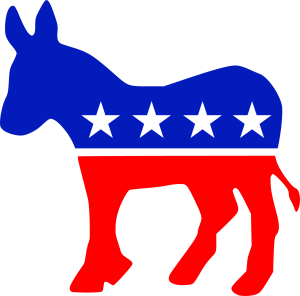
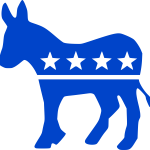

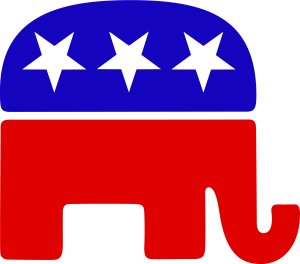

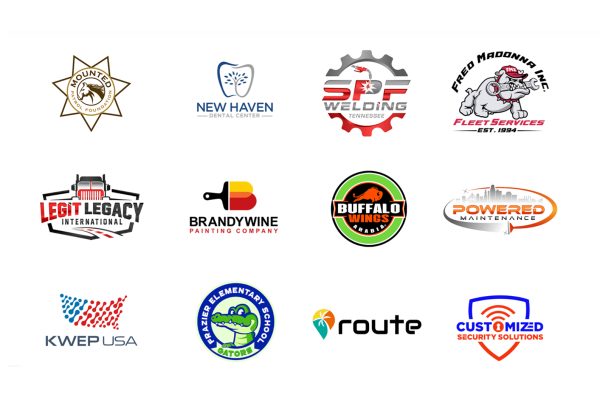
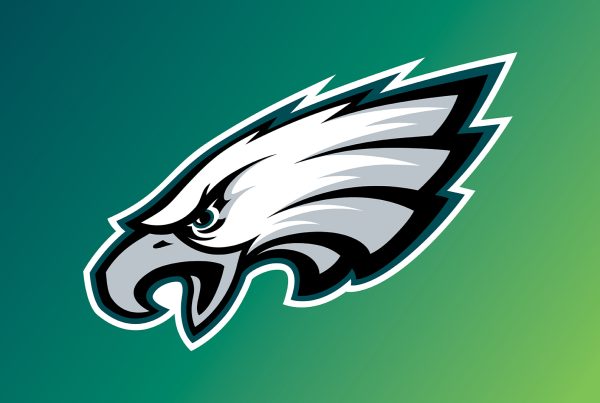
 (484) 778-4600
(484) 778-4600